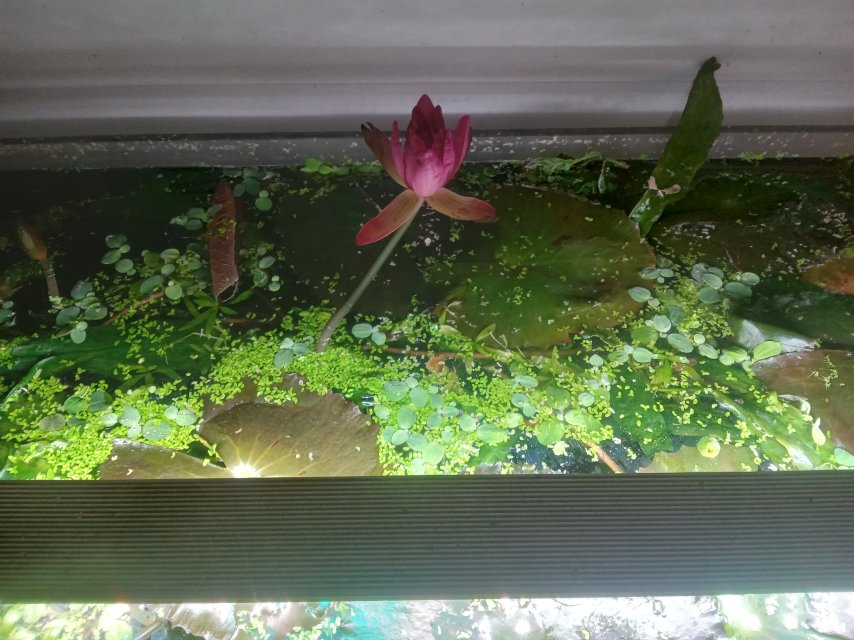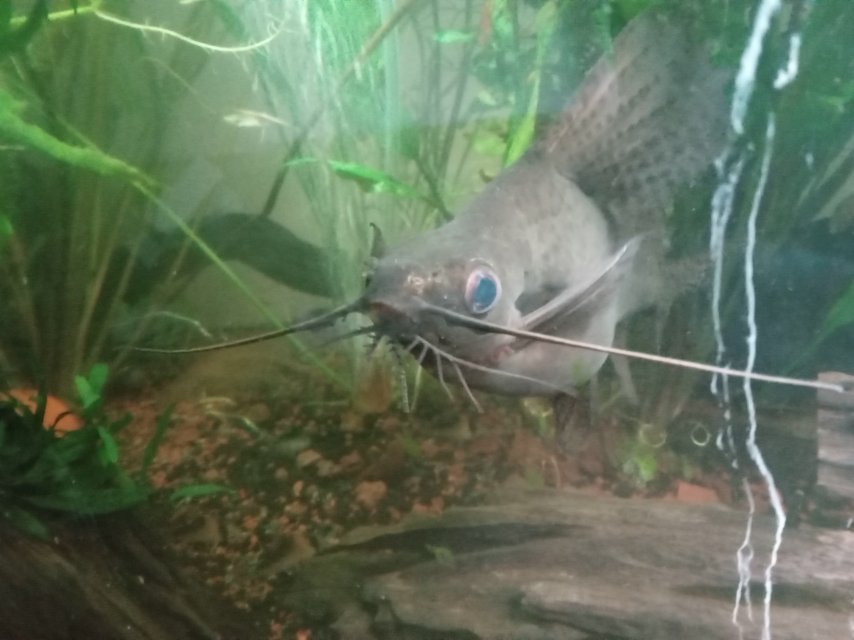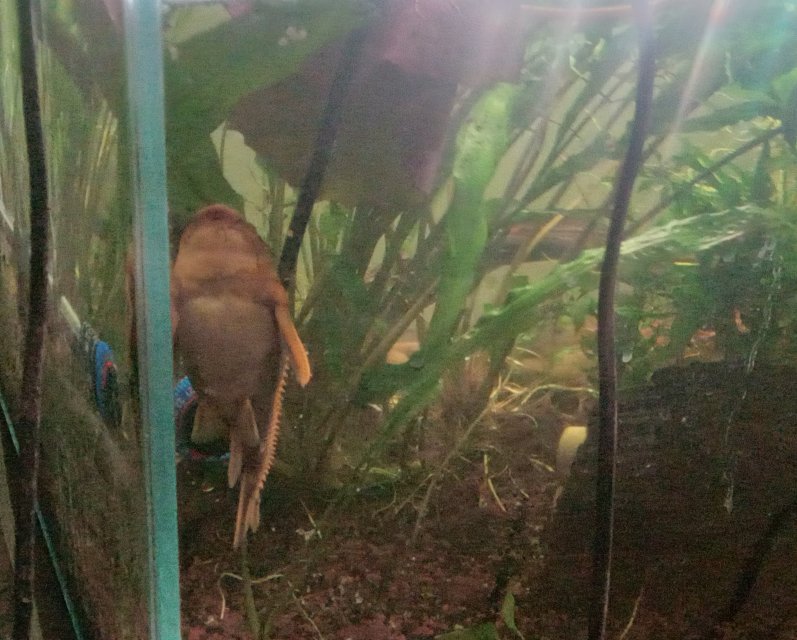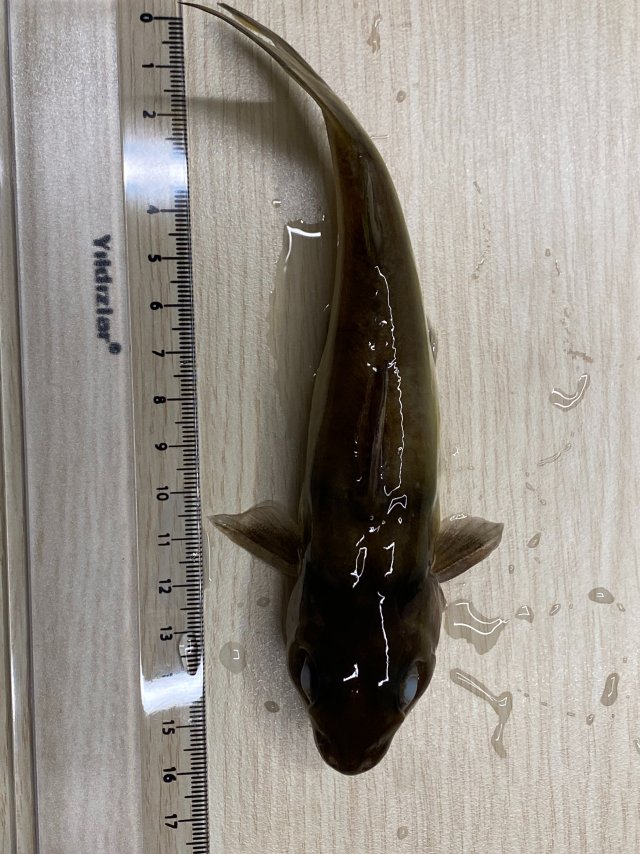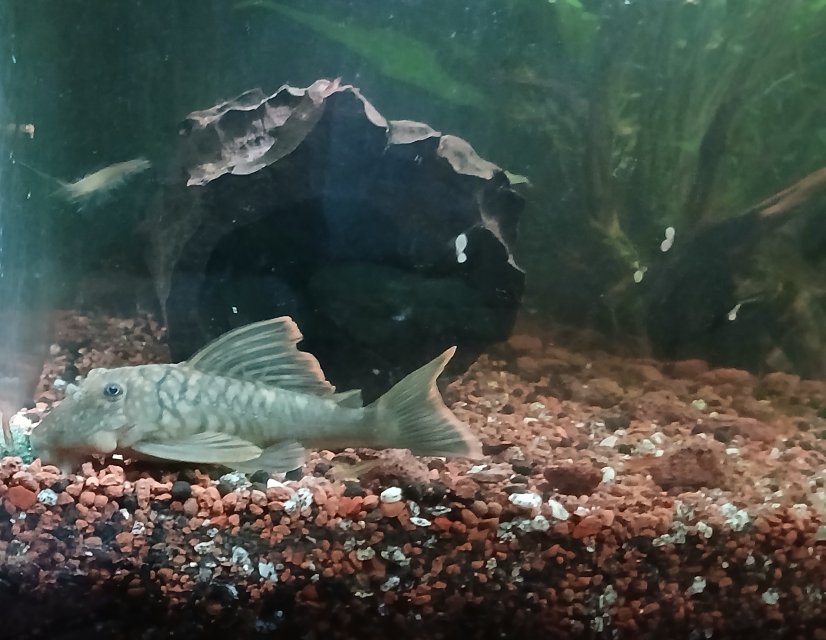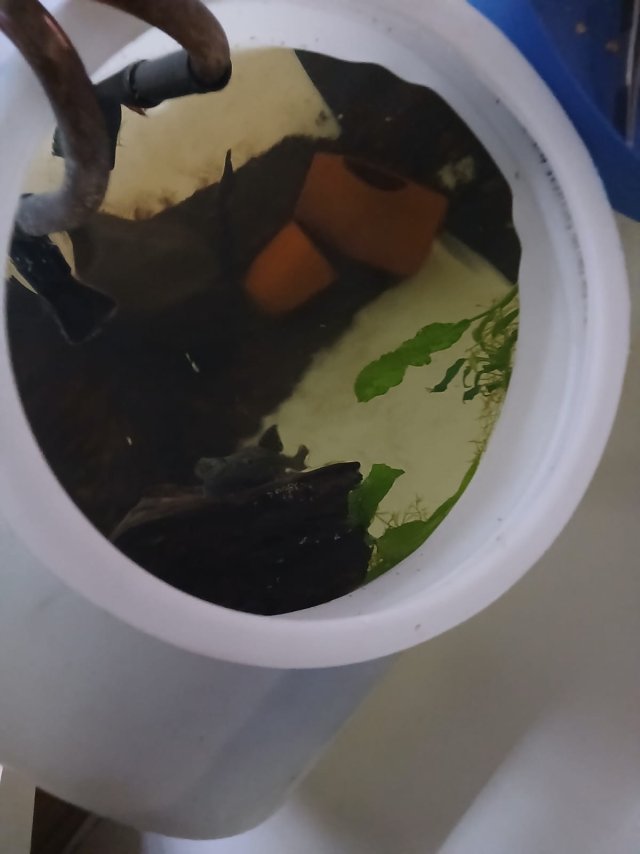Well, the 300-liter "tank" is set up. It isn't much to look at, but all I need from it is to hold water, which it does.
With it comes my first foray into monsters, as I've somehow got my hands on a Chrysichthys. Unfortunately, the fish hasn't exactly arrived in the pink of health - it's pale and has cataracts over its eyes (I will attach a picture when able, but both eyes are entirely milk-white). As I understand it, this is a sign of bacterial infection and needs clean water to stabilize. Is there any medicine I can use, or do I just watch the nitrates and keep up with water changes?
In any case,
Viktor's observations about the genus have been a great point of reference (the contribution this man makes to catfish-keeping can't be understated!). My experience has so far been similar. The fish is a consummate hider and will spend the entire day laying still in its crevice of choice... but there's a Jenny-any-dots situation here, as at night it comes alive, actively cruises the tank, and despite its blindness, is agile enough to hunt small fish. I've had some rasboras and shrimp in the quarantine tank, which promptly disappeared once it went in, so it seems its placidity is limited to the daytime.
It also glass surfed at night in the QT, possibly because there wasn't enough space, but since the transfer it seems to stick to the bottom. "Seems", I say, because it freezes whenever it detects movement nearby. I only infer that it patrols the bottom because I find it at different locations whenever I look at the tank, like the angels from Doctor Who.
It's otherwise an easy feeder and takes bloodworms, mysids and algae pellets with gusto, even coming out during daytime to eat choice bits from tongs. I also tried to hand feed it like an idiot, and of course it responded by biting my finger. It even drew a little blood - the rasping power of a catfish is not to be underestimated!
It is the sole occupant of the tank, but whether that is adequate remains to be seen. Chrysichthys is big genus with species ranging from 5 inches to 5 feet, and many are notoriously difficult to ID. I'm banking on the fact that they don't seem to grow much beyond 12 inches in captivity, and these caught in the wild likewise are in the 10-12 inch range. I can provide it with something like a 125g when it grows out to that size, but would rather avoid anything larger. We'll see.
The next project is planting that tank - at the moment it just has a thin layer of substrate, and some floaters, crypts and Java fern scavenged from other tanks. I might try sand, as was suggested in Victor's thread.


